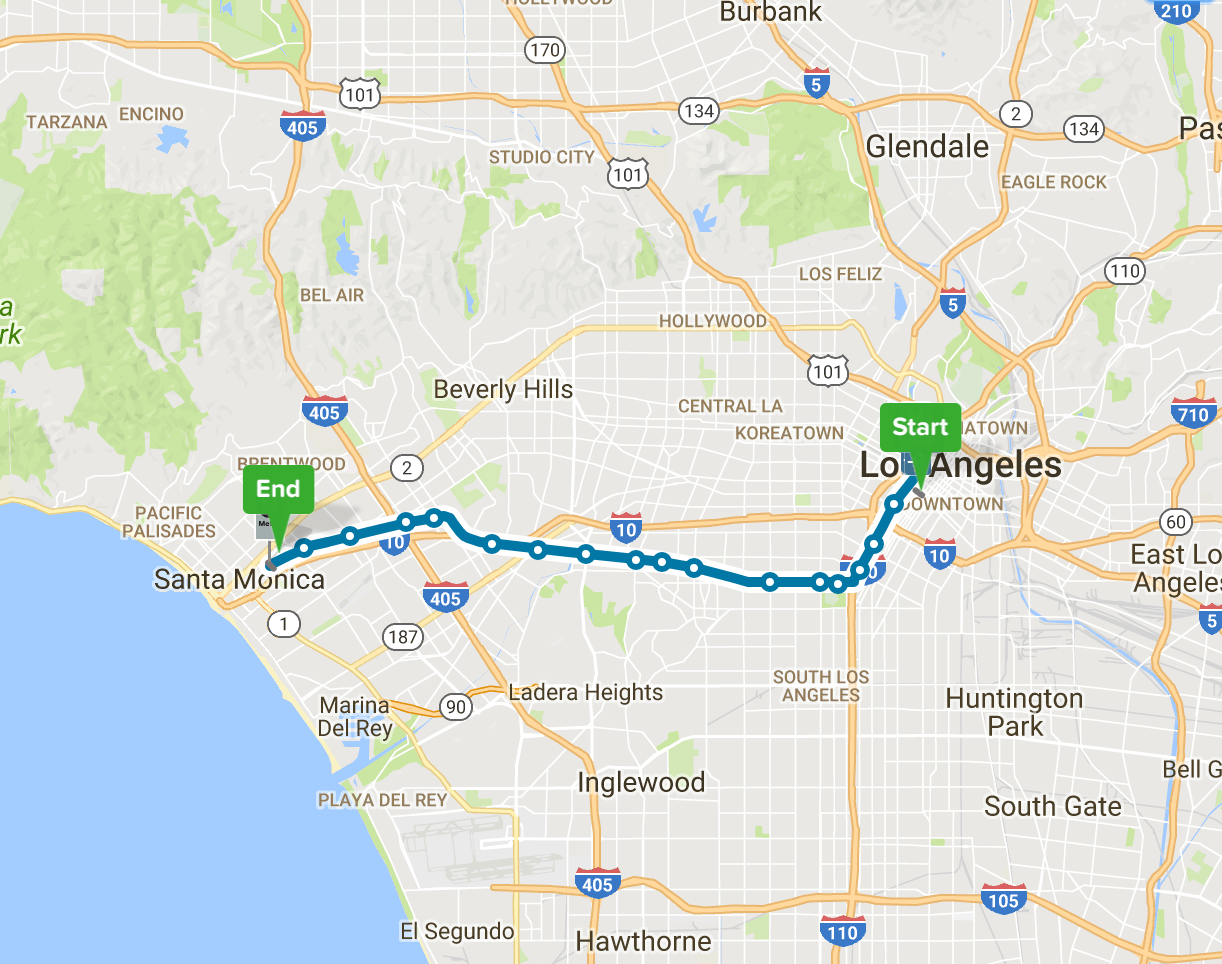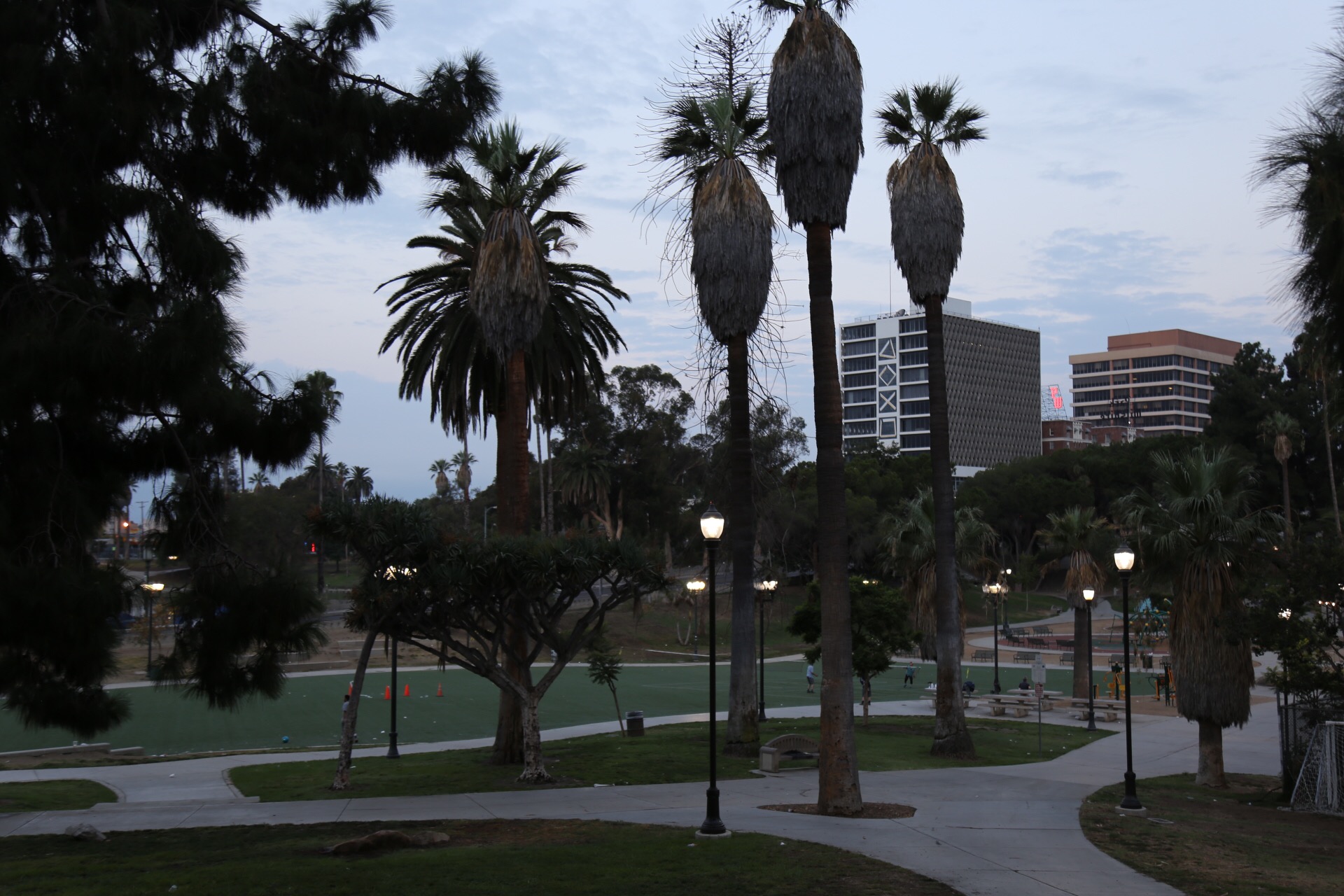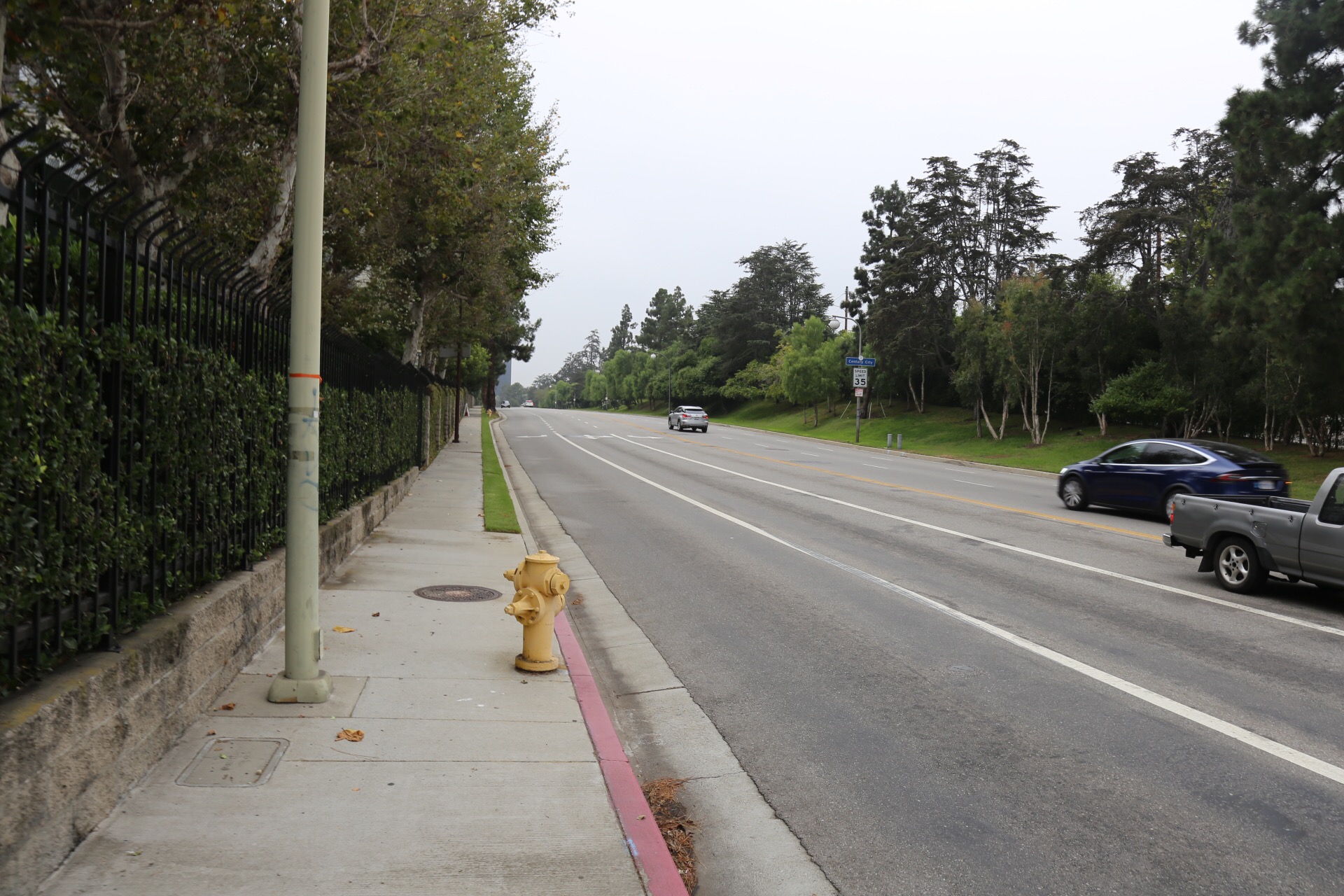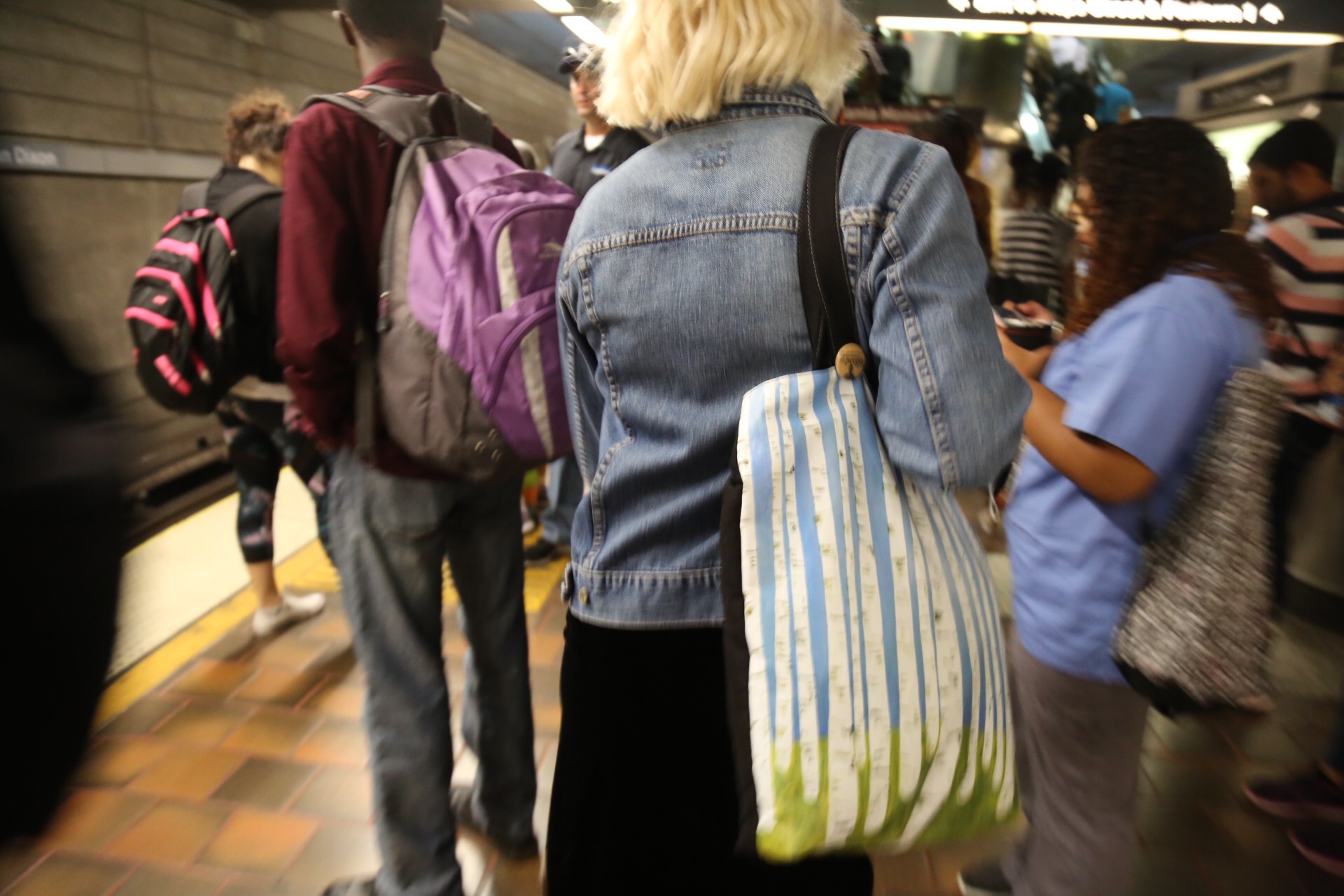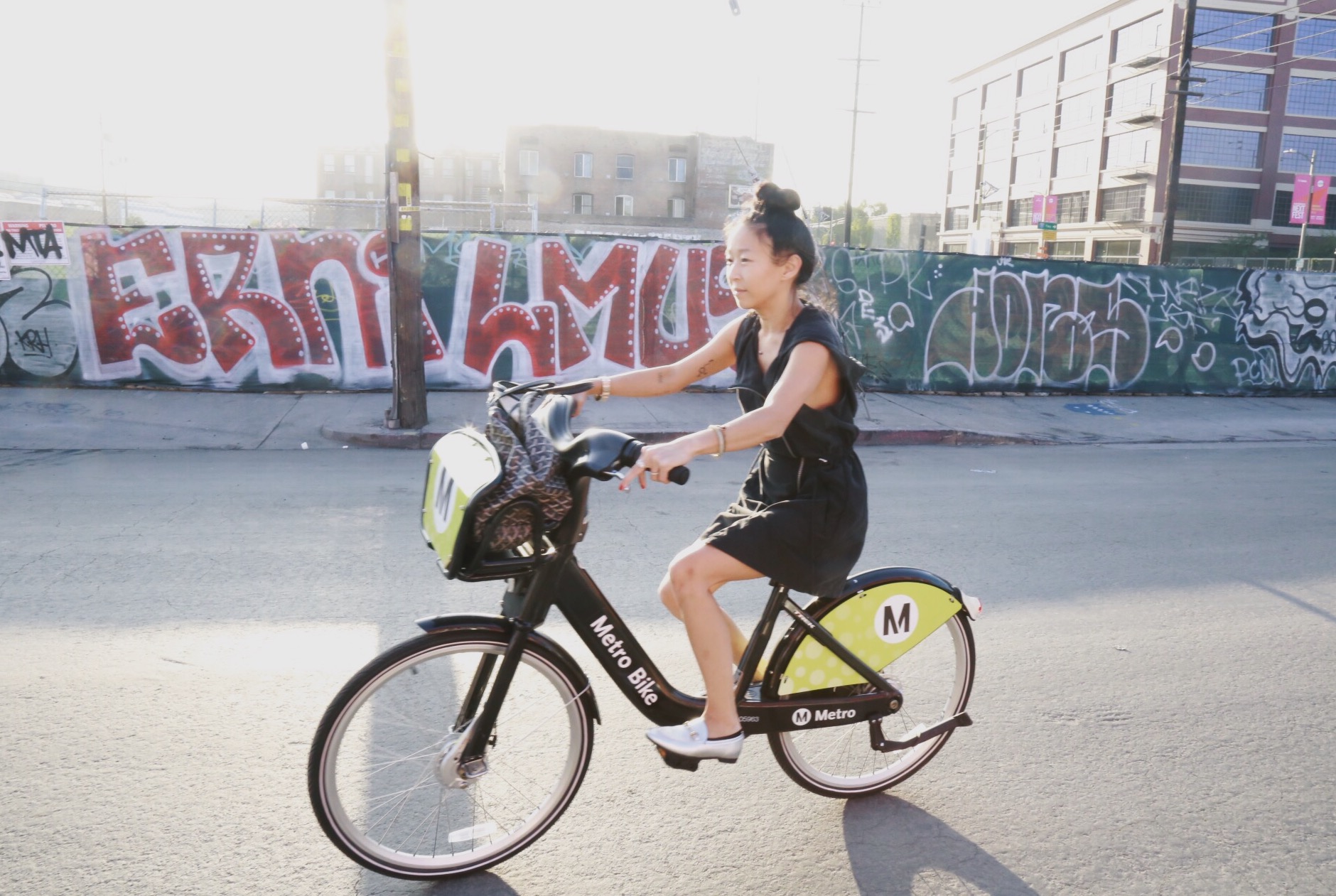Learning to find community.
“It was absolutely intentional. I have always been really passionate about community; not just taking in your neighborhood by osmosis, but really taking in the faces and names of your neighbors”
It's 6:50 in the morning and Taylor Slavens, or Mr. Slavens as he is known at work, is getting ready in his Los Feliz apartment, in a neighborhood where he has lived in or adjacent to for the last five years. While living here he attended USC to undertake a Master's in Education, after which he quickly found a position teaching English and 'Intro to Theatre' at John Marshall High School, located only 1.7 miles away from Taylor’s apartment. Having a commute of just under two miles is a dream that most Angelenos can only envy but Taylor was determined to live close to where he ended up teaching saying, "It was absolutely intentional. I have always been really passionate about community; not just taking in your neighborhood by osmosis, but really taking in the faces and names of your neighbors...I wanted to be a part of the kid's lives that walk by me every day on the streets."
While walking through the neighborhood I asked Taylor how he travels the 1.7 miles each day, "I drive my Mini Cooper; it takes about thirteen minutes." A choice that is made even easier by the fact that the school provides free parking for the staff. I understand Taylor’s choice: driving is convenient, easy, and cheap. Also, his school, which is located on the border of Los Feliz and Silverlake, is not close to any obvious rail or bus routes. Yet, as I hear what Taylor says about the importance of interacting with his neighbors I see his commute as one of his best opportunities to find out what, and who, truly make up Los Feliz. There are a couple options to get to work, but Citymapper informs me of the most convenient: a bus that runs during rush-hour between Hollywood and Silverlake. The 175 bus picks us up about one block from Taylor’s apartment and drops us off at the front of Marshall high in about twenty-six minutes.
Map of Bus 175 provided by Citymapper
As we make our way to the stop, across the street from the infamous, yet-to-be-completed Target on Sunset and Western and I ask Taylor how most of his students get to school, "most of them take public transit; a good number of them get picked up by their parents; a very small number drive because there is no parking for them...a lot of them don't think twice about using Metro" a statement which he says he can't apply to much of his friend group adding, "most think of it as occasionally helpful but largely kind of inopportune." As we walk up to the station I see his assessment as fairly accurate at least on this occasion. There are none of the hip Coachella outfits or manicured beards that Los Feliz and Silverlake have become so synonymous with as of late, but there are about four people at the stop, one of whom is wearing John Marshall gear.
“I remember I was with a friend using the Redline to get downtown ten years ago, I remember thinking this is great but limited in its scope...at least the rails. I’ve been on a bus one other time, I’ve always wanted to utilize it, but I’m always nervous or afraid of doing transfers and getting lost. I don’t know what I’m doing.”
As we board the bus, Taylor talks about his own experience with Metro, "I remember I was with a friend using the Red line to get downtown ten years ago, I remember thinking this is great but limited in its scope...at least the rails. I've been on a bus one other time, I've always wanted to utilize it, but I'm always nervous or afraid of doing transfers and getting lost. I don't know what I'm doing." After stopping a few times, the number people on the bus goes from about seven to forty fairly quickly and the vast majority are students. Taylor laughs saying, "I'm already obsessed with it...riding Metro creates space for connection and learning that a thirteen-minute drive doesn't offer. What is this twenty-six minutes? So what - am I losing fourteen minutes? I get up at five every morning, it's not that different."
“I’m already obsessed with it...riding Metro creates space for connection and learning that a thirteen-minute drive doesn’t offer. What is this twenty-six minutes? So what am I losing fourteen minutes? I get up at five every morning, it’s not that different.”
Taylor has learned a lot about his community from teaching in his neighborhood. We reminisce over our college years, going to cafes and bars in the area, but we can't recall many times where we saw teenagers in the neighborhood. "Marshall has challenged me to really understand the culture that I can name but can't really speak about at length. It has shown me a personal side of what is going on in Los Feliz with gentrification. My students, a lot of them, might not have the money to go to the restaurants my friends enjoy...it is easy to be nearsighted and myopic to think 'my experience of my neighborhood is the only experience of my neighborhood,' and it takes effort to see the reality of what your neighborhood actually is."
“My students, a lot of them, might not have the money to go to the restaurants my friends enjoy...it is easy to be nearsighted and myopic to think ‘my experience of my neighborhood is the only experience of my neighborhood,’ and it takes effort to see the reality of what your neighborhood actually is.”
The biggest thing I notice on this bus ride is that I'm seeing a Los Feliz I've never seen before outside of a taqueria or chance encounter with a stranger. Unlike Downtown or Koreatown, where density makes old residents interact with new, side by side, in this part of town it is easy to avoid anyone that isn't in a person's daily sphere. Taylor talks about the similarities between transit and his job, "Where else other than a bus or a school, or maybe jury duty, are you forced to interact with all the different people in your neighborhood?" We can't rely solely on coffee shops, or any other private enterprise to integrate neighbors when many in the community cannot afford them. That doesn't mean the private sector isn't adding great and valid institutions but they cannot be responsible for bridging the divide. Unfortunately, Taylor doesn't see many of his friends using buses as a valid option, mostly due to their perception, "people see rail and subways as being more expedient and efficient, but a bus can also be really efficient."
By the time we get to Taylor’s school 75% of the bus unloads directly in front of John Marshall. Whether by choice or simply being too young to drive, Metro is certainly a working option for these kids whereas Taylor didn't even know this route existed. I can't blame him. It is hard to learn the schedules and routes, particularly for buses that don't run all day like the 175, when they aren't advertised the same way rail lines are. One has to use a map like Citymapper or Google Maps to find it or scour the Metro page for a possible route. People want easy and convenient options. There are many, like Taylor, who are actively seeking out ways to engage with their community, and we shouldn't make it harder for them to engage rather than travel solo. Taylor might not switch to Metro full time, but at least now he is aware of how many of his students are getting to school. That dialogue, that shared experience, is just one more way to build a community that didn't exist before.
















